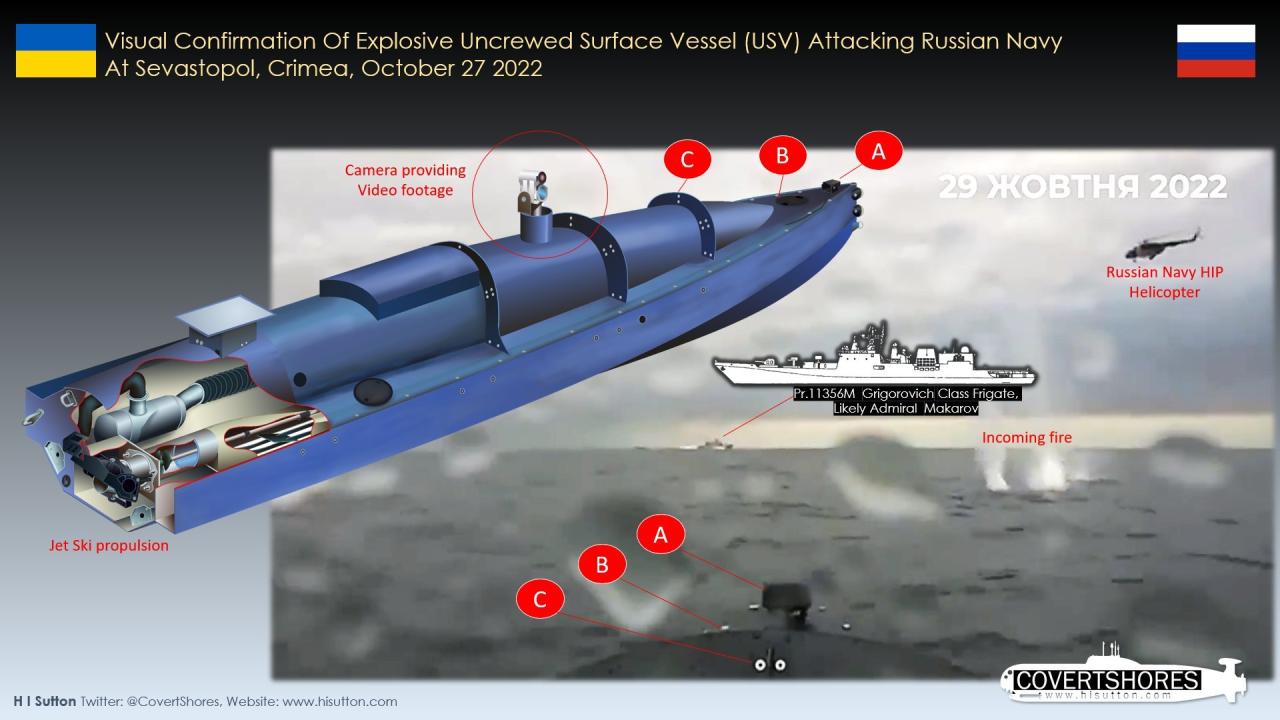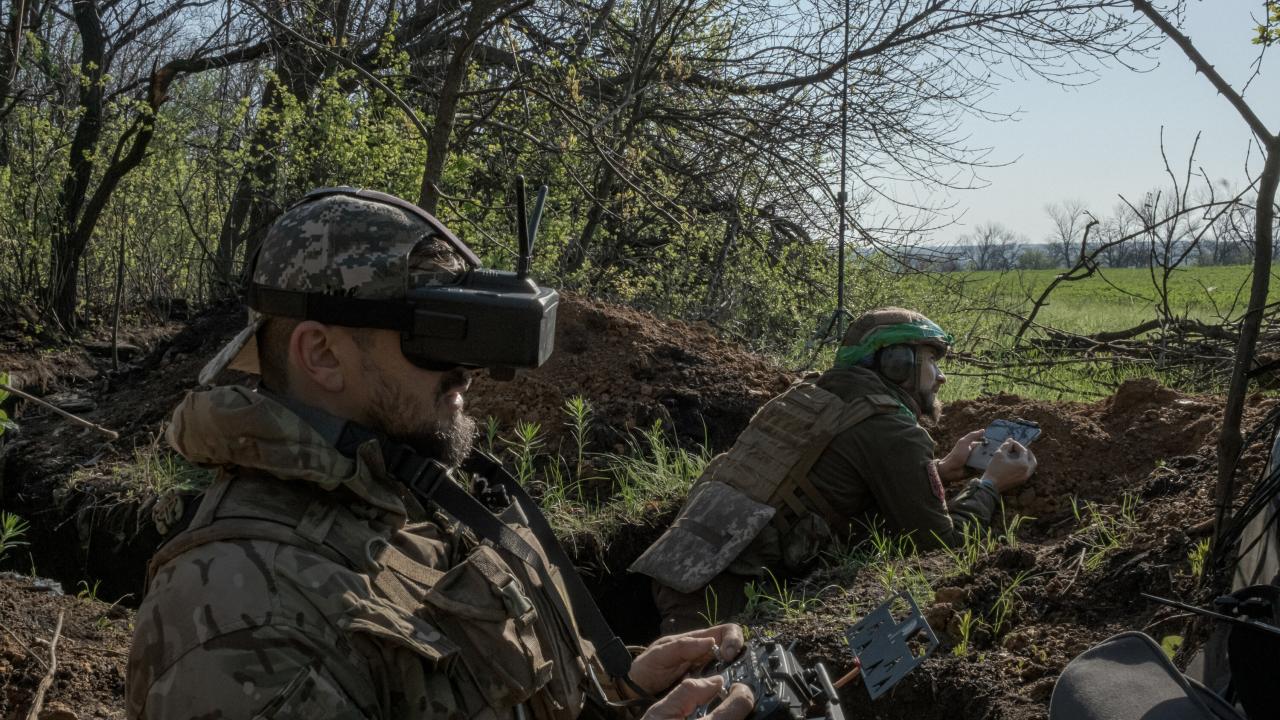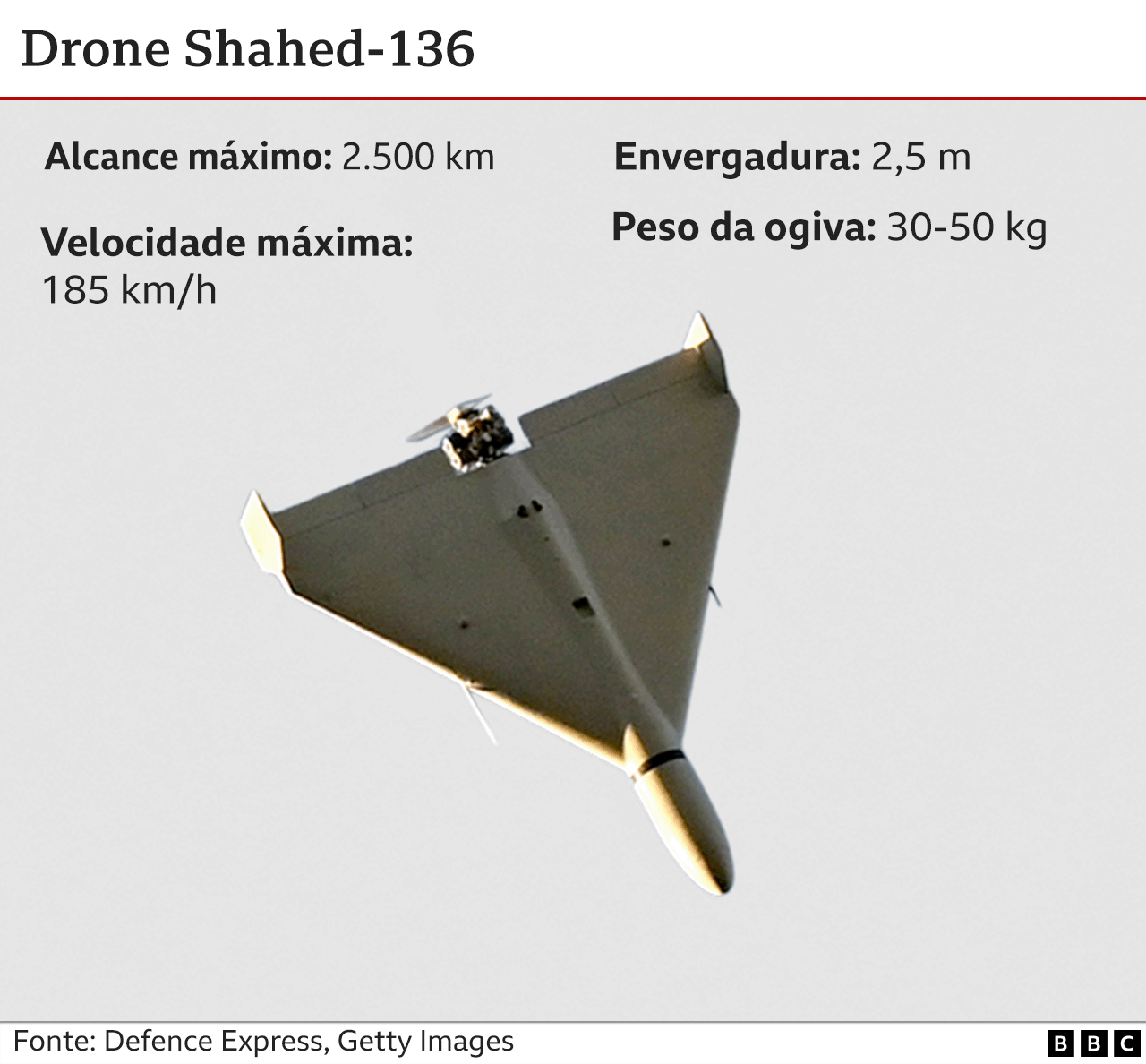Drone attack Russia has become a significant aspect of the ongoing conflict, raising questions about the evolving nature of warfare and its geopolitical implications. This exploration delves into the various types of drones used, their targets, the actors involved, the technology behind the attacks, and the broader consequences for regional stability and international relations. We’ll examine the strategic choices made by both attackers and defenders, analyzing the effectiveness of different tactics and the potential for escalation.
From the capabilities of different drone models to the countermeasures being developed, we will dissect the technological advancements fueling this new era of conflict. We’ll also explore the motivations behind these attacks, examining the actors involved and their respective strategies. Understanding the geopolitical context is crucial, and we’ll analyze the international response and the potential for further escalation.
Drone Attacks Against Russia: A Comprehensive Overview
The increasing use of drones in attacks against Russia represents a significant shift in modern warfare. This analysis explores the various aspects of these attacks, from the types of drones employed and their targets to the actors involved and the geopolitical implications. We will examine the technological advancements driving these attacks and Russia’s countermeasures, offering a detailed look at this evolving conflict dynamic.
Types of Drones Used in Attacks Against Russia
A variety of drones, ranging from commercially available models modified for military purposes to more sophisticated, purpose-built UAVs (Unmanned Aerial Vehicles), have been used in attacks against Russia. These drones differ significantly in their capabilities, range, payload capacity, and overall effectiveness depending on the target and mission parameters. Smaller, commercially available drones offer advantages in terms of stealth and ease of acquisition, but have limitations in payload and range.
Larger, more advanced drones, on the other hand, can carry heavier payloads and have greater range, but are more easily detected and intercepted.
The effectiveness of different drone types varies greatly. Smaller drones are better suited for precision strikes against smaller, less-defended targets, while larger drones are more effective against hardened targets or those requiring a larger payload. The choice of drone depends heavily on the mission objectives, the target’s defenses, and the attacker’s capabilities.
| Drone Type | Payload (kg) | Range (km) | Speed (km/h) |
|---|---|---|---|
| Modified Commercial Drone | 1-5 | 50-100 | 80-120 |
| Purpose-Built UAV | 10-50 | 200-500 | 150-250 |
| Larger Military-Grade UAV | >50 | >500 | >250 |
Targets of Drone Attacks in Russia
Drone attacks against Russia have targeted a wide range of assets, highlighting the diverse capabilities and strategic goals of the attackers. These attacks underscore the vulnerability of even well-defended military installations and critical infrastructure to this new form of warfare.
- Military bases and airfields
- Oil refineries and other critical infrastructure
- Government buildings and administrative centers
- Military logistics hubs and supply lines
Targeting specific locations carries significant strategic implications. Attacks on military bases can disrupt operations, destroy equipment, and reduce Russia’s military capabilities. Attacks on infrastructure can cripple the economy, impact civilian life, and undermine public confidence in the government. The impact on Russian military operations and civilian life varies greatly depending on the target and the scale of the attack.
Recent drone attacks in Russia have raised serious security concerns. This isn’t just a localized issue, though; check out this report on drone sightings around the world to see how widespread these technologies are becoming. Understanding the global context is key to grasping the implications of the attacks on Russia and what potential future conflicts might look like.
The geographic distribution of attacks spans various regions within Russia, indicating a broad reach and potential for escalation.
- Western Russia bordering Ukraine
- Central Russia
- Southern Russia near the Black Sea
The Actors Involved in Drone Attacks Against Russia

Determining the precise actors responsible for drone attacks against Russia is often challenging, as claims of responsibility are sometimes unclear or contested. However, several groups and entities are known or suspected to be involved, each with distinct motivations and methods.
| Actor | Claimed Responsibility | Attack Methods |
|---|---|---|
| Ukraine | Often implied but rarely explicitly claimed | Various drone types, coordinated attacks |
| Unidentified Groups | None | Small-scale attacks, limited information available |
Technological Aspects of Drone Attacks on Russia

The technology employed in drone attacks against Russia is constantly evolving, with advancements in navigation, payload delivery, and communication systems. These advancements are constantly pushing the boundaries of drone capabilities and presenting new challenges for defense systems.
Drones utilize various navigation systems, including GPS, inertial navigation systems (INS), and even more advanced systems that integrate multiple sensors for increased accuracy and resilience against jamming. Payload delivery mechanisms range from simple explosive charges to more sophisticated warheads. Communication systems are crucial for controlling and coordinating drone attacks, often employing encrypted channels to avoid detection and interference.
Russia has implemented various countermeasures, including electronic warfare systems, anti-drone defenses, and improved air defenses, but these are not foolproof. The constant technological arms race between attackers and defenders makes this an ever-evolving challenge.
Hypothetical Scenario: A swarm of small, commercially available drones modified with explosives is launched from across the border. They utilize GPS and inertial navigation systems to navigate to their targets, a military airfield. The drones are coordinated using a secure communication network. Russian air defenses detect the approaching drones and engage, but some drones successfully reach their targets, causing significant damage before being neutralized.
Drone attacks in Russia are becoming increasingly sophisticated, requiring strong communication networks. If you’re trying to improve your connection for live feeds or analysis of these attacks, you might need to know what frequency band you’re using; check if you’re on the right band by following these steps on how to check your wifi ghz on iphone.
A stable, high-speed connection is crucial for monitoring these events effectively, so optimizing your wifi is key.
Geopolitical Implications of Drone Attacks on Russia
Drone attacks against Russia have significant geopolitical implications, impacting the ongoing conflict in Ukraine, regional stability, and the international response to this new form of warfare. The potential for escalation remains a major concern, as these attacks could trigger a wider conflict.
The international response to these attacks has been varied, with some countries condemning the attacks while others remain silent. The increasing use of drones in warfare raises important questions about international law and the regulation of autonomous weapons systems.
Timeline (Illustrative): While a precise timeline requires classified information, key events could include initial small-scale attacks, increasing sophistication and scale of attacks, and escalation of Russian countermeasures. Each event would have corresponding geopolitical repercussions.
Visual Representations of Drone Attacks, Drone attack russia

Imagine a small, quadcopter-style drone, roughly the size of a large bird, with a dark gray or black casing. It approaches its target silently, its propellers barely audible. The drone, carrying a small explosive charge, descends towards its target – a military fuel depot. The explosion is relatively small but creates significant damage to the fuel tanks, causing a fire and disrupting operations.
The recent drone attacks on Russia are raising serious questions about the future of warfare. It’s a whole different ball game compared to, say, the more peaceful uses of drones showcased at events like the drone paris exhibition. Seeing the innovative tech there makes you think how easily those same technologies could be weaponized. The implications of these drone attacks on Russia’s security and international relations are far-reaching.
The drone itself is likely destroyed in the explosion.
Another drone, perhaps larger and more robust, might feature a more streamlined design, possibly with wings for increased range and payload capacity. Its visual characteristics might include specific markings or modifications to enhance its stealth capabilities. The damage inflicted by such a drone could be far more extensive, depending on the size and type of its payload.
Conclusive Thoughts: Drone Attack Russia
Drone attacks against Russia represent a significant shift in modern warfare, highlighting the increasing accessibility and effectiveness of unmanned aerial vehicles. The analysis presented here underscores the complex interplay of technology, geopolitics, and strategic decision-making. Understanding the technological advancements, the motivations of the actors, and the broader geopolitical implications is crucial for comprehending the current conflict and anticipating future developments in drone warfare.
The ongoing evolution of this technology and its impact on international relations warrants continued observation and analysis.
Question Bank
What are the common types of payloads used in these drone attacks?
Payloads vary, but common examples include explosives, incendiary devices, and potentially even smaller, less destructive payloads for reconnaissance or surveillance.
How effective are Russian countermeasures against drone attacks?
The effectiveness of Russian countermeasures is debated. Reports suggest varying degrees of success, with some attacks successfully intercepted and others reaching their targets.
What is the international community’s stance on these attacks?
International responses are varied, ranging from condemnation to calls for de-escalation. There’s no unified global stance, reflecting the complex geopolitical landscape.
Are civilians ever affected by these drone attacks?
While targets are often military or infrastructure, there’s a risk of civilian casualties or collateral damage depending on the attack’s precision and location.
